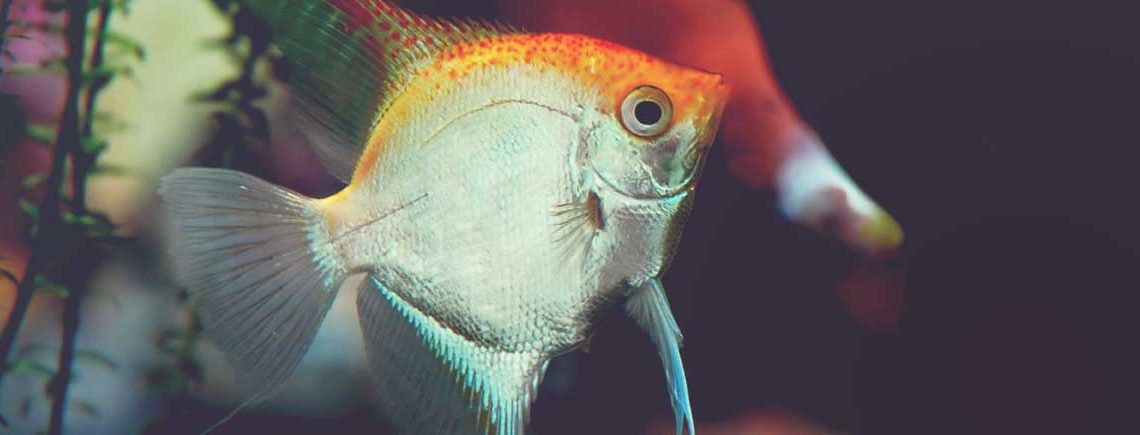Fish Keeping – Tropical Fish
Choosing Tropical Fish as a Pet
Fish as amazing pets that require significantly less (but not none!) care than other species of pet. Fish keeping is also recognised as having a calming and relaxing quality and is highly recommended for those with sensory difficulties, autism or those who struggle with stress-related concerns. In this blog post we explore Tropical Fish and what you can expect if choosing warm water fish as a pet.
Tropical fish come from warmer climates and need heat regulated water in order to survive. There are both fresh and salt water species of tropical fish; but typically the term ‘Tropical’ is used to describe fresh water fish. While those that prefer saltwater are described as Marine fish.
Popular Species of Tropical Fish
There are many different species of tropical fish, but some of the most popular include: Cichlids, Betta, Gourami, Danios, Barbs, Guppies, Swords, Mollies, Platies, Tetras, Loaches, Angels and Rainbow Fish.
When choosing your tropical fish, it is important to select species that can live together. Our fish experts in-store can help you choose the right fish for your aquarium.

Setting Up Your New Tropical Fish Tank
Setting up your new fish tank will take a little time and patience. It can be really tempting to buy your tank, rush home and add fish straight away. However, this will only lead to stressed, sick fish that are likely to die. Your new fish need a particular environment in which to thrive in. So, setting up your fish tank correctly is essential to ensure their long term health and well-being.
- Position your new tank and stand in its permanent location
- Wash out the tank with water only – do not use detergents or bleach
- Wash out gravel, plants and ornaments thoroughly using water only and position in your tank
- Add the water, ideally at room temperature to the tank. Do this slowly to prevent disrupting your gravel and decorations
- Install the thermometer following the on pack directions – but do not turn on the thermostat until it has adjusted to the water temperature, which should take about 15 minutes
- Connect the filter using the directions on the pack, and then top up the water so it lies at just beneath the hood level
- Position the hood and light as directed#
- Check that all cables and outlets are free from water, and using a cable tidy, secure all cables to prevent accidents
- Turn on the power and allow The Nitrogen Cycle to commence
- Once the cycle has been completed, your tank will be ready to become home to your new fish. Patience is key to keeping your fish happy and healthy; so only add a few fish to your tank at a time and always follow correct acclimatisation procedures.
Choosing a Right Fish
When choosing your fish you need to take into account how they live in their natural habitat, and their natural personalities.
Some fish species are recognised as being peaceful while others are semi-aggressive or aggressive. In addition, some species prefer to live alone, while others are schooling fish which means they prefer to live in larger groups of the same species.
Adding Fish to Your Tank
To prevent the balance of chemicals in your tank from spiking and causing fatalities in your new fish; it is recommended that you only add a few new fish at a time to your tank. The capacity of your tank will be determined by its size; the type of fish that you want to keep; and the amount of live plants that you may have in your fish tank. Our fish experts are on hand to help determine how many and when you can introduce them to your tank.
Acclimatisation Procedures
When introducing new fish to your tank, you will need to allow the fish to slowly acclimatise to its new environment. By following these simple steps you will be helping your fish to settle into their new home.
- Turn off the lights in your fish tank
- Open the bag containing your fish and remove 25% of the water. Pour this water down the drain.
- Replace the water removed from the bag with an equal amount of water from that which is in your tank.
- Close the bag and place it into the tank so that it floats on top of the water
- Every 10 minutes for the next hour, remove a cup full of water from the bag, and replace it with an equal amount of water from the tank.
- After an hour, use a fish net to carefully transfer your fish from the bag into your tank. Be careful not to allow the water from the bag to enter the tank.
- Once the fish have been safely transferred into your tank, dispose of the water in the bag by pouring it down the drain.
Take Me Home Checklist
If you are new to fish keeping and are thinking of getting a tropical fish tank, you will need the following equipment. Our OATA trained fish experts are on hand in store to help you to choose the right equipment and are delighted to assist you in setting up and maintaining your fish tank.
- Fish Tank
- Filter
- Heater
- Thermometer
- Gravel
- Tap Safe Water Treatment
- Safe Start Water Treatment
- Ornaments
- Fish Net
- Fish Food
Remember – you will need to have your fish tank set up and cycling for 7 days before you add your new fish.
